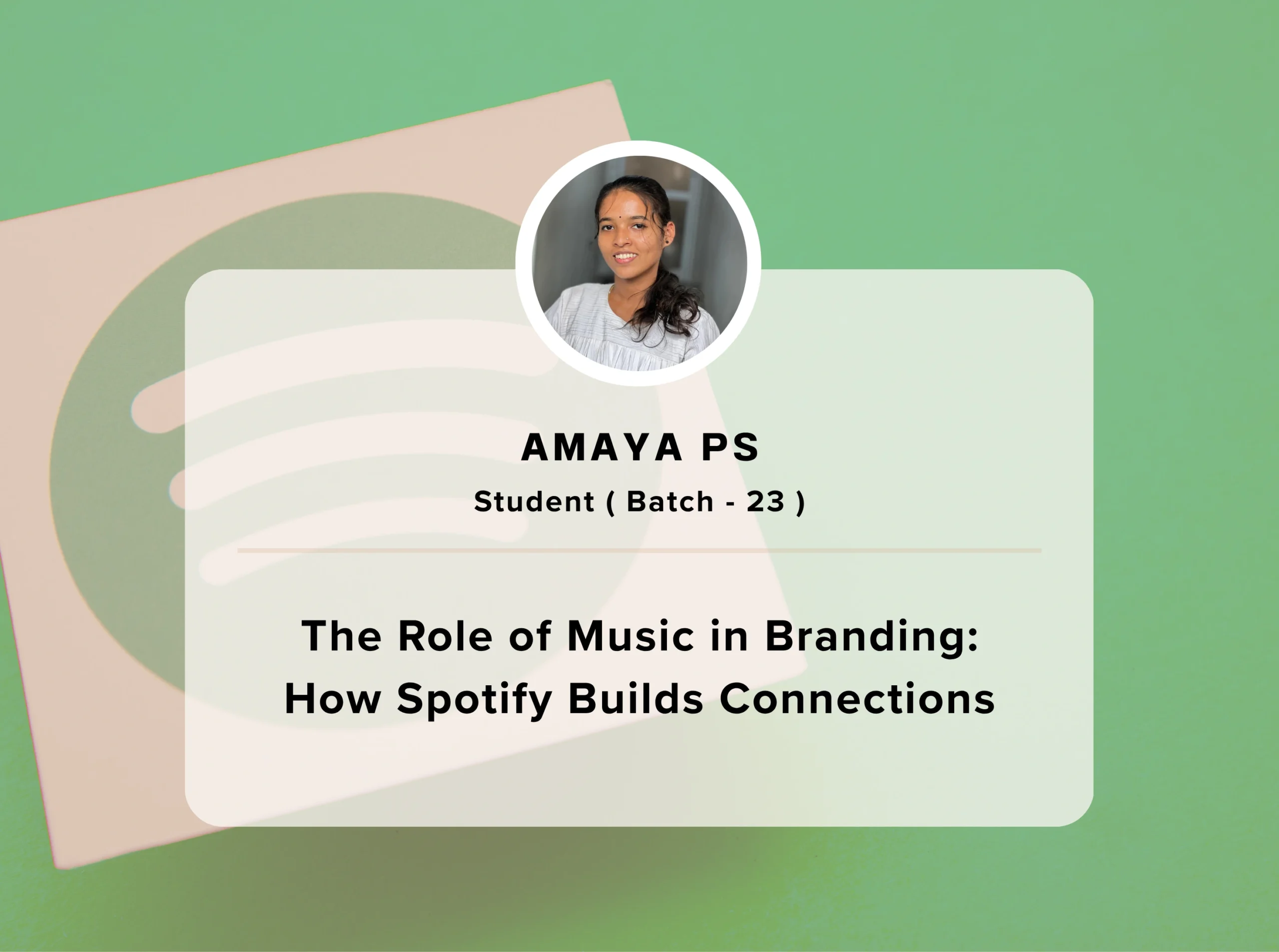October 9 / 2025
The Role of Music in Branding: How Spotify Builds Emotional Connections
Introduction
Branding goes beyond logos, colors, and catchy slogans. It focuses on creating memorable emotional experiences that resonate with audiences. In today’s digital world, music has become a key tool for shaping these experiences. Music connects with human emotions, influencing mood, memory, and perception. This makes it vital in modern brand storytelling.
Among the platforms using music’s emotional influence, Spotify shines as a leader. With over 600 million monthly users worldwide, Spotify is more than just a music streaming app; it serves as a cultural hub where brands connect with people during personal moments. By offering curated playlists, personalized ads, podcasts, and immersive audio strategies, Spotify helps businesses forge genuine emotional bonds with their audiences.
This article discusses the important role of music in branding and how Spotify allows brands to create emotional connections that boost engagement, loyalty, and long-term growth.
Why Music Matters in Branding
- Music Evokes Emotion
Research shows that music affects the brain’s limbic system, which controls emotions and memory. A happy, upbeat song can create excitement, while a slow, soothing track can calm listeners. Brands can use this to influence how consumers feel when they engage with their products.
- Music Strengthens Brand Recall
Have you ever heard a jingle and immediately thought of a brand? That’s the power of music. A well-chosen soundtrack can enhance brand recognition and recall, keeping a company at the forefront of consumers’ minds.
- Music Shapes Brand Identity
- Brands use music to express their personality. For example:
- Luxury brands often select classical or instrumental music.
- Youth-focused brands tend toward pop, hip-hop, or EDM.
- Wellness brands incorporate calm, acoustic, or ambient sounds.
- The choice of music conveys a brand’s identity without words.
- Music Enhances Storytelling
Marketing is storytelling, and music acts as the emotional glue that strengthens stories. Whether in commercials, podcasts, or digital ads, the right soundtrack adds depth, context, and relatability.
Spotify as a Branding Platform
Spotify offers a unique space for brands to use music and sound effectively. Unlike traditional advertising channels, Spotify fits seamlessly into daily life—whether users are working out, cooking, studying, or commuting. This makes brand messages feel less like interruptions and more like companions to personal experiences.
Key Features That Make Spotify a Branding Powerhouse:
- Personalization – Spotify suggests content based on users’ moods, genres, and behaviors, allowing for highly tailored campaigns.
- Global Reach with Local Flavor – Brands can run global campaigns while targeting local cultures and languages.
- Seamless Integration – Ads and branded playlists blend easily into user experiences without disrupting flow.
- Data Insights – Spotify provides valuable analytics on listener habits, assisting brands in optimizing their strategies.
Ways Brands Build Emotional Connections on Spotify
- Branded Playlists
Curated playlists let brands become part of listeners’ daily routines. For example:
- Nike offers motivational workout playlists.
- Starbucks curates coffeehouse-inspired tracks.
- Local gyms and cafés also create playlists reflecting their unique vibe.
When users frequently return to these playlists, they associate the mood with the brand, strengthening emotional ties.
- Audio Advertising
Spotify audio ads reach users during personal moments—like driving home or studying late at night. Unlike visual ads, audio ads engage listeners without distractions. Well-crafted audio ads with strong voiceovers and relatable background music create emotional storytelling that resonates.
- Sponsored Sessions & Video Ads
When users view a sponsored video to access 30 minutes of ad-free music, they perceive the brand as providing value. This positive exchange fosters goodwill and deepens emotional connections.
- Podcast Sponsorships
Podcasts feel intimate, making listeners feel as if they’re having a conversation with the host. Brands that sponsor podcasts benefit from this trust. For example, a mental health app sponsoring a wellness podcast not only gains visibility but also enhances credibility.
- Cultural Campaigns
Brands can work with Spotify for cultural events like Pride Month, International Women’s Day, or local festivals. By connecting with shared values and communities, brands create emotional ties based on authenticity and collective identity.
Case Studies: How Brands Use Spotify for Emotional Branding
Nike: Motivation Through Music
Nike created Spotify playlists tailored for running, training, and workouts. These playlists provide motivation and enhance Nike’s association with energy, movement, and determination.
Coca-Cola: Music as Youth Culture
Coca-Cola has long incorporated music into its brand identity. By partnering with Spotify, Coca-Cola engages younger audiences through global campaigns, positioning itself as a fun and vibrant brand.
Small Businesses: Hyper-Local Connections
Local cafés and gyms often use Spotify’s Ad Studio for targeted ads. By reaching neighbors directly, they create personal experiences that large-scale campaigns typically overlook.
The Psychology Behind Music and Emotional Branding
To understand Spotify’s effectiveness, we should consider psychology:
- Mood Congruence Effect – People view messages more positively when the ad aligns with their mood.
- Repetition and Familiarity – Hearing familiar sounds strengthens memory retention.
- Association Theory – Connecting music with a brand builds unconscious associations. For instance, pairing upbeat pop with a sports brand suggests energy and fun.
- Immersion Effect – Audio surrounds the listener, making them feel part of an experience rather than just observing.
Spotify taps into all these psychological principles through its data-driven recommendations and context-based advertising.
Benefits for Brands Using Spotify
- Stronger Emotional Connections – Music-based storytelling feels more genuine and relatable.
- Enhanced Brand Recall – Audio has better recall rates compared to visual ads.
- Positive Brand Perception – Sponsored sessions and curated playlists foster goodwill.
- Wide Yet Targeted Reach – Brands can run global campaigns while reaching niche audiences.
- Cost Flexibility – With Spotify Ad Studio, campaigns can start at $250, making it accessible for startups and larger companies.
The Future of Music and Branding on Spotify
As technology advances, Spotify’s branding capabilities will only expand:
- AI-Powered Personalization – Ads that adjust to listeners’ real-time moods or activities.
- Voice-Interactive Ads – Listeners responding directly to offers with voice commands.
- Immersive Experiences – Combining music with AR/VR campaigns for multisensory branding.
- Global Accessibility – AI-driven translation and localization that break language barriers.
These innovations will help brands establish deeper emotional connections.
How to Get Started with Spotify Branding
- Identify Your Brand Personality – Clarify the emotions and identity you want to convey.
- Choose the Right Format – Decide between playlists, audio ads, podcasts, or a combination.
- Craft Emotional Content – Use voice, tone, and music that reflect your brand values.
- Target Smartly – Use Spotify’s data to reach the right listeners.
- Measure & Adapt – Track performance with Spotify Ad Studio analytics and refine campaigns.
Conclusion
Music is one of the most potent tools in branding because it crosses language, culture, and demographic boundaries. It directly touches emotions, making it ideal for forming genuine, lasting connections. Spotify has enhanced this potential by enabling brands to integrate effortlessly into the lives of millions through curated playlists, personalized ads, and cultural campaigns.
For businesses aiming to build emotional ties and brand loyalty, Spotify isn’t just an option; it’s essential in the digital age. As music continues to influence identity and culture, brands that harness Spotify’s potential will stand out, connect deeply, and remain memorable to their audiences.
Related Posts:

Discover how Adsin Learning Hub empowers students with hands-on SEO skills that deliver real results. From classroom to Google rankings, explore inspiring real life success stories of students who helped local businesses climb to the top of search results.
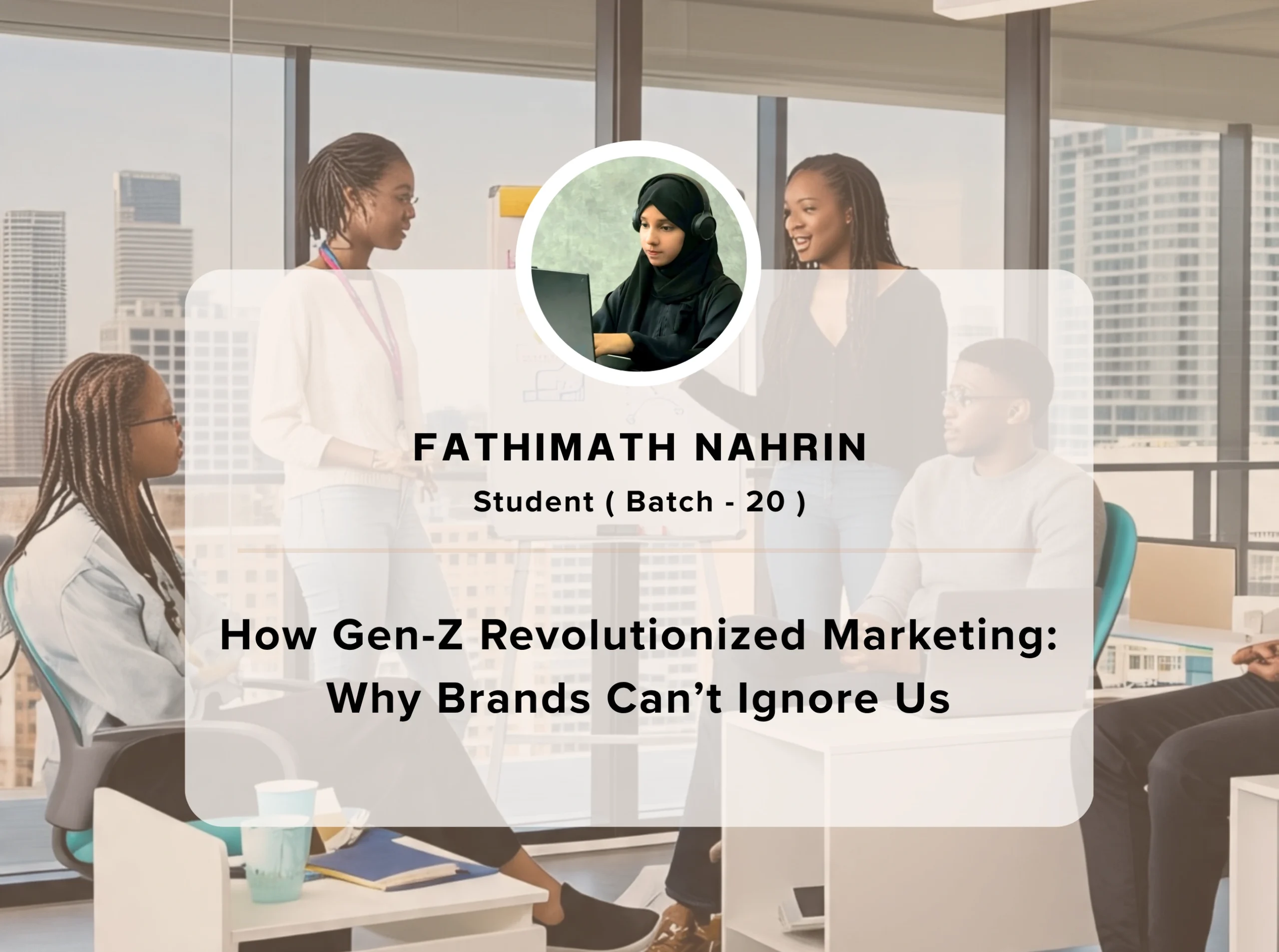
How Gen-Z Revolutionized Marketing: Why Brands Can’t Ignore Us – With bold values and digital fluency, Gen-Z is reshaping how brands connect and communicate. Their influence is driving authentic, trend-savvy, and purpose-driven marketing.
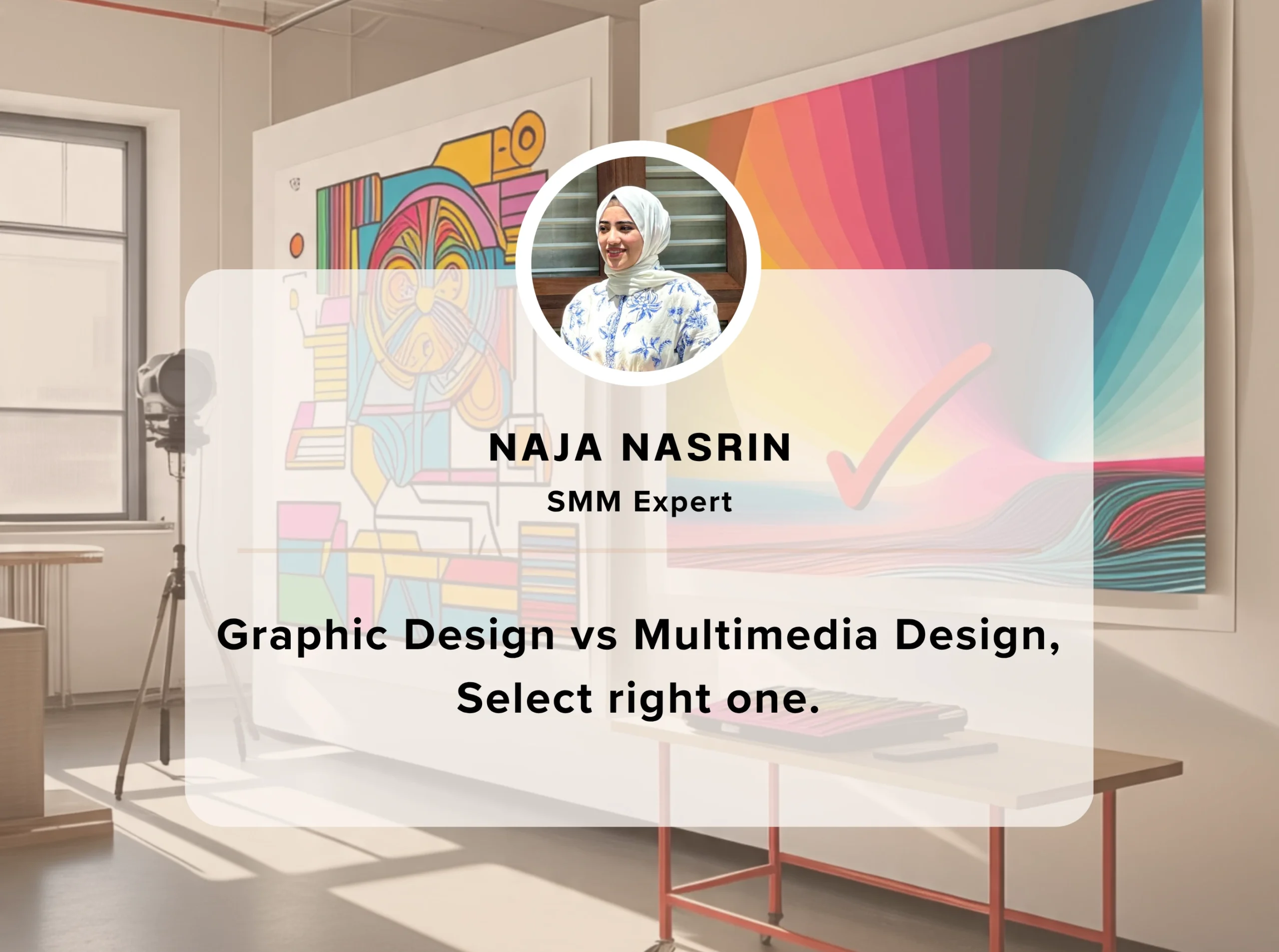
Graphic Design vs Multimedia Design – Choosing the Right Path: Understand the key differences between static visuals and dynamic content creation to choose the creative field that aligns with your passion and goals.
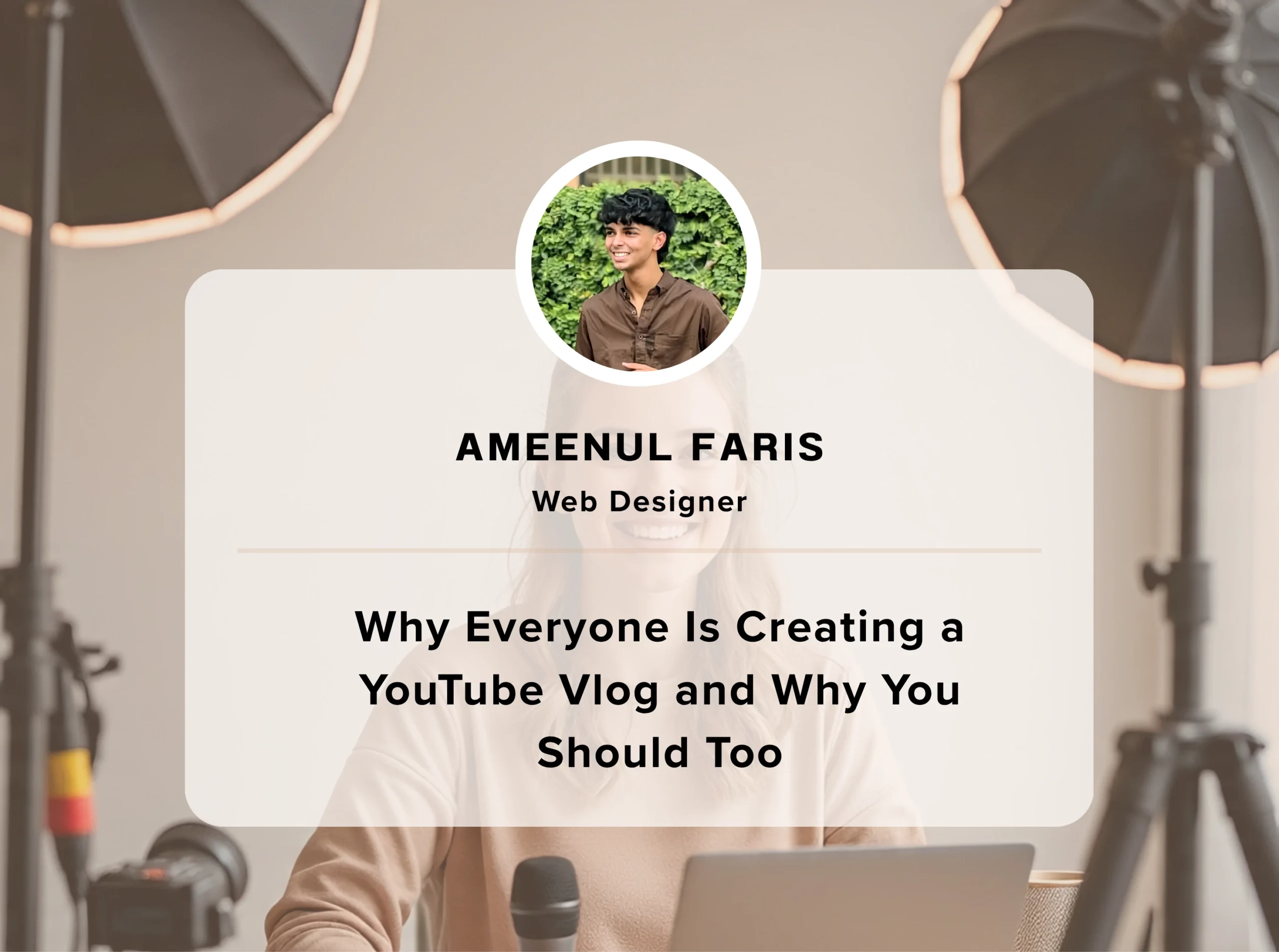
YouTube vlogging has become the go-to platform for self-expression, storytelling, and personal branding. Discover how starting your own vlog can open doors to creativity, confidence, and even income.
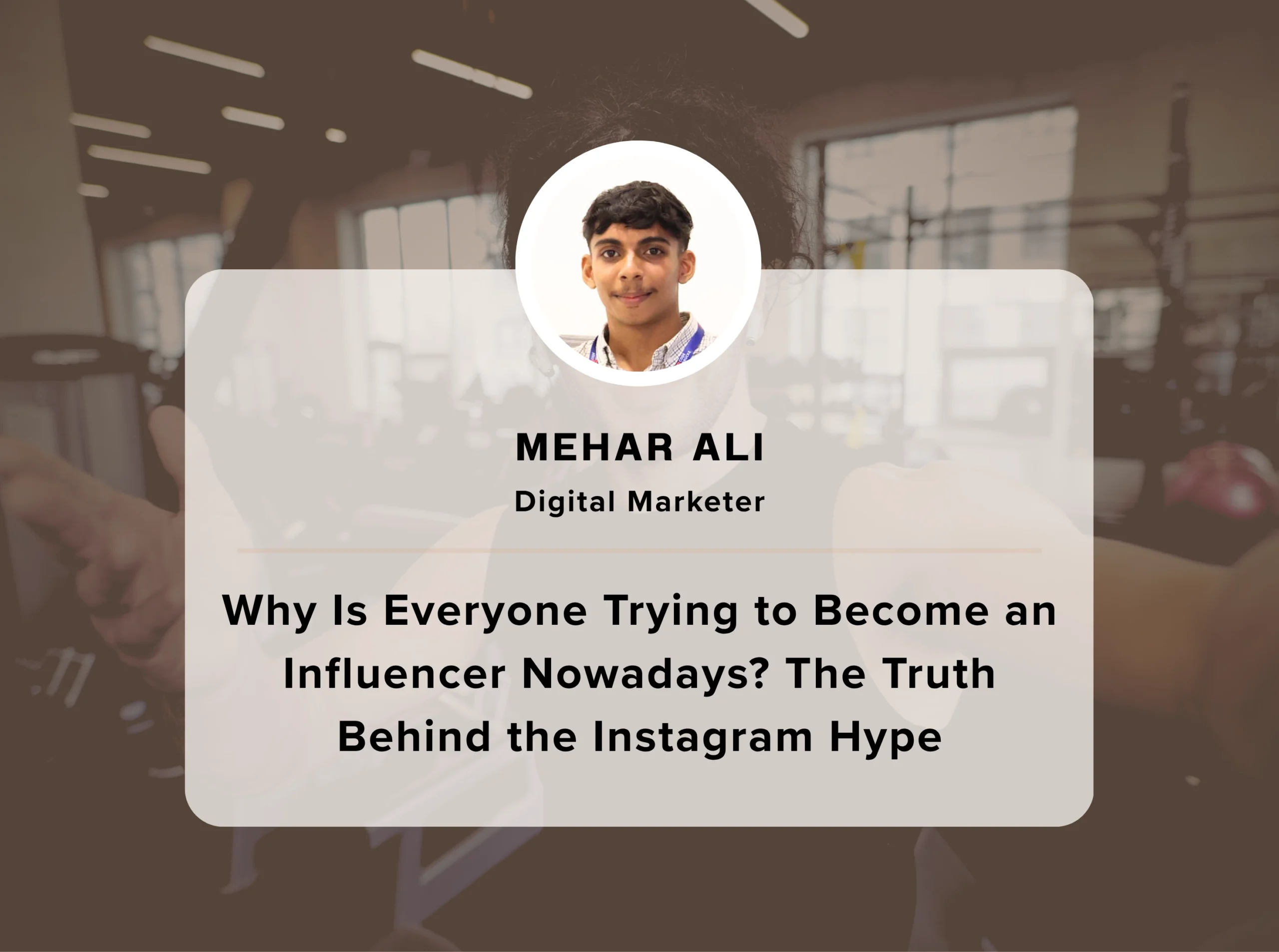
Why is everyone chasing the influencer dream? In a world ruled by likes and reels, Instagram offers fame, freedom, and quick income. But behind the filters lies a truth few talk about the pressure, hustle, and constant need to stay relevant.

